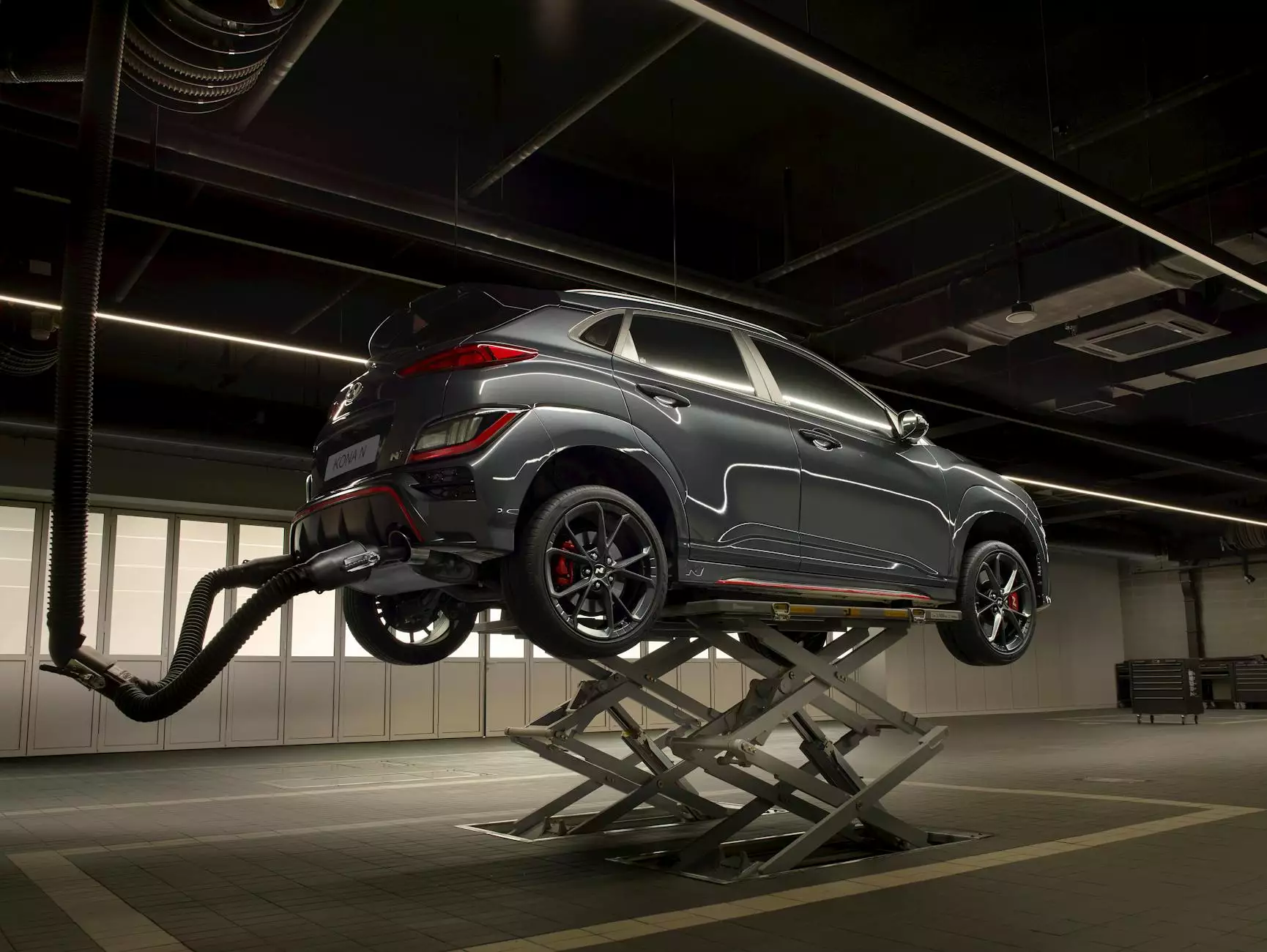How To Know If You Need To Service Your Brakes
Blog
Introduction
Welcome to C and C Motors, your trusted source for all your automotive needs. In this comprehensive guide, we will help you understand how to determine if you need to service your brakes. Maintaining your brakes is crucial to ensure your safety and the longevity of your vehicle. Let's dive in!
The Importance of Brake Maintenance
Brake maintenance is often overlooked by vehicle owners, but it is an essential aspect of car care. Your brakes not only enable stopping power but also contribute to the overall handling and control of your vehicle. Ignoring brake issues can lead to serious accidents and costly repairs.
Signs You Need to Service Your Brakes
1. Squeaking or squealing sounds: Unusual squeaking or squealing noises when applying the brakes can be a clear indicator of worn brake pads. This noise is usually caused by a small metal shim called the wear indicator, which alerts you to replace the brake pads.
2. Vibrations or pulsations: If you feel a pulsating sensation or vibrations through the brake pedal when you apply pressure, it may indicate warped brake rotors. Warped rotors can cause uneven braking and should be addressed promptly to prevent further damage.
3. Soft or spongy brake pedal: A soft or spongy brake pedal that goes down too easily may suggest air in the brake lines or a problem with the hydraulic system. This issue requires immediate attention as it compromises your ability to brake effectively.
4. Longer stopping distances: If you notice your vehicle takes longer to come to a complete stop, it could be due to worn brake pads or a hydraulic issue. Don't ignore this sign, as it greatly increases the risk of accidents.
5. Burning smell: A burning odor when applying the brakes can indicate overheated brake pads or a dragging brake caliper. It is crucial to have this problem inspected and repaired promptly to avoid extensive damage.
DIY Brake Inspection
While it's always best to have a professional inspect your brakes regularly, you can perform a basic DIY brake inspection as a preliminary assessment. Here are the steps:
Step 1: Visual Inspection
First, visually inspect your brake pads through the openings of the wheel. Look for thickness, even wear, and any signs of damage. If the pad thickness is less than 1/4 inch, it's time to replace them.
Step 2: Brake Fluid Levels
Check the brake fluid reservoir located under the hood. Ensure it is filled to the recommended level. Low brake fluid may indicate a leak in the system, necessitating professional assistance.
Step 3: Brake Rotor Inspection
Inspect the brake rotors visually for any deep grooves, scoring, or uneven wear. These issues can lead to reduced braking performance and should be addressed promptly.
Step 4: Brake Pad Replacement
If you notice worn brake pads during the visual inspection, it's crucial to replace them promptly. Worn pads can greatly affect stopping power and cause damage to other braking components.
Professional Brake Service
While DIY inspections can provide initial insights, it is essential to have your brakes professionally serviced regularly. Trained technicians will have the expertise and proper equipment to thoroughly inspect and address any brake-related issues.
Conclusion
Regular brake maintenance is crucial for your safety on the road. Understanding the signs of brake wear and performing periodic inspections can help you identify and address any issues promptly. Remember, C and C Motors is here to provide reliable brake services and ensure your vehicle's optimal performance. Don't compromise when it comes to your safety. Reach out to us today!



